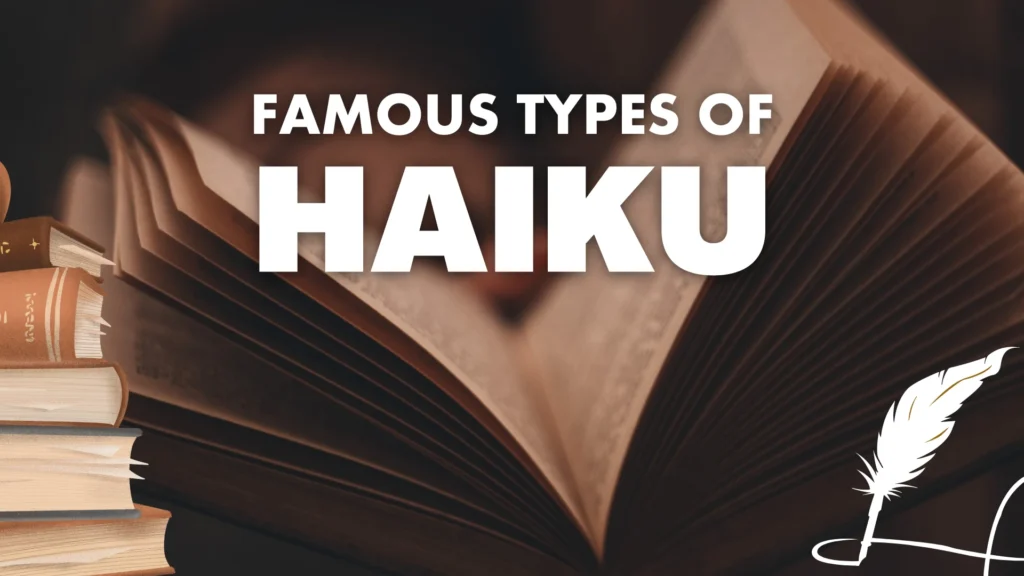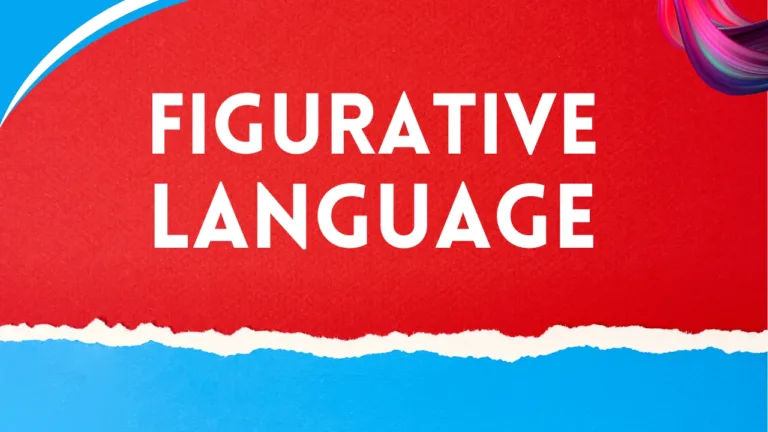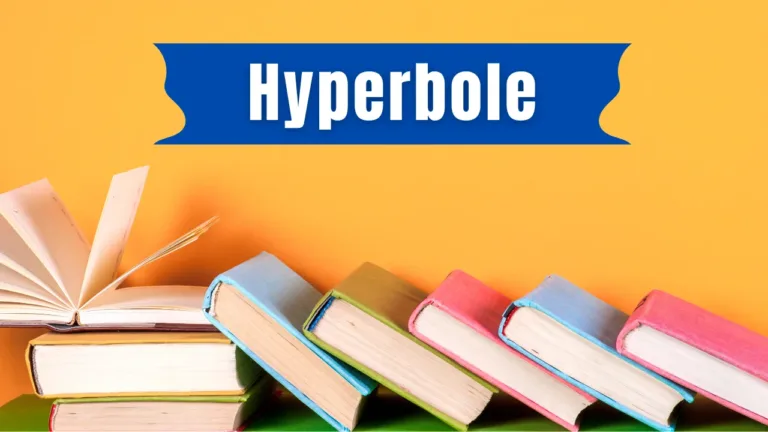Haiku: A Special Short Form Japanese Poetry
Do you know how many syllables are used in Haiku and how can we write it? It is a type of traditional Japanese poetry that is famous by its concision and rigid format of syllables and lines. It usually has three lines with a 5-7-5 syllable sequence, for a total of 17 syllables.
It attempts to inspire feelings and capture the essence of a brief instant, and frequently focuses on nature, the changing of the seasons, or moments of great revelation. A Kigo, or seasonal term, is another common element of traditional Japanese poetry that designates the season in which the poem is situated.
They could also include a Kireji, or cutting word, which gives the poetry a feeling of contrast or completion. It has influenced poets like English poetry in all around the world, encouraging them to interpret this brief and vivid style of poetry in their own unique ways.
Example of Haiku
An example is given below:
Spring breeze
the cherry blossoms dance
in the sunlight.
This poetry, credited to the Japanese poet Kobayashi Issa, captures the beauty and fluidity of a springtime sight in the outdoors. It perfectly conveys the fleeting nature of cherry blossoms swaying in a mild wind in the sunshine.
Summary
Haiku is an ancient kind of Japanese poetry whose tiny poems of three lines have big impact and endless depth. It is an excellent poetic snapshot of the beauty of life, moments seasons and souls in a brevity of 5-7-5 syllables. This form of unique poetry originated in 17th century in Japan which captures moments of sensation often juxtaposing and contrasting images and ideas.
It explores wide range of subjects and gives deep appreciation of the natural world. It is a cherished form of expression in which every syllable and word invites contemplation, encourages mindfulness and gives deep appreciation of the beauty of the world. The poets of different languages and cultures have adapted this succinct and celebrated form of Japanese poetry.

Famous types of Haiku
Some major types of it are as follows:
Traditional Haiku
Three lines make up a traditional form, a kind of Japanese poetry. First line usually has five syllables, second line have seven syllables, and third line have five syllables. It frequently concentrate on nature and seek to create a particular sensation or time. They convey a sense of beauty and simplicity through succinct language and striking visuals.
Shahai
An extended series or chain created by collaboration amongst several poets, in which each poet contributes a poem. To create a coherent yet varied literary composition, each stanza may react to or expand upon the one before it.
Haibun
Japanese literature known as haibun blends prose and this poetry. A brief, evocative prose section is usually followed by a corresponding poetry that either contrasts or enhances the text. Haibun frequently incorporates aspects of human observation and nature to capture a moment or personal experience. It’s an exquisite and passionate writing style that enables a special fusion of lyrical imagery and narrative.
Modern Haiku
The classic Japanese poetic form has evolved into modern form, which has been modified to suit modern subjects and aesthetics. Modern poetic forms of it frequently tackles a larger range of issues outside nature, all the while keeping the core of brevity and capturing a moment.
It can explore ordinary events, societal critique, and personal feelings. While adhering to the fundamental ideas of simplicity and powerful imagery, modern poetic form of it may also explore with changes in form, language, and imagery. It’s a lively and dynamic kind of poetry that keeps changing with the times. Modern form is also known as Gendai.
Senryu
Senryu and haiku are generally regarded as siblings because of their identical three-line, 5-7-5 syllable form. Senryu, on the other hand, is primarily concerned with human nature, emotions, and ordinary life circumstances, whereas this poetic form usually concentrate on nature and seasonal topics.
It frequently has sarcasm, comedy, or a hint of irony. Senryu gives poets a succinct and clever way to examine the peculiarities and complexity of human conduct. It’s a beautiful kind of poetry that encapsulates what it is to be human. For Example:
Busy city streets,
People rush, lost in their thoughts,
Life’s symphony plays.
Features of Haiku: Definition, syllables and format
It is unique because of a few key characteristics. It starts with a three-line structure that has a 5-7-5 syllable rhythm. This brief approach makes for an effective and speedy expression. A kigo, or seasonal allusion, is a common element in haiku that sets the scene and provides depth. The objective is to seize a solitary instant or encounter, stressing conciseness and ease of use.
It immerses the reader in the present by using rich imagery to create a sensory experience. In its condensed form, it can express feelings, ideas, or a deeper meaning. A common technique in juxtaposition is to astonish or educate.
This form of poetry offers impartial views of the outside world free from prejudice or interpretation. Together, these characteristics create a distinctive and alluring style of poetry.
Conclusion
To sum up, this concise form of poetry is a lovely and engrossing style of poetry that has three lines with a 5-7-5 syllable sequence. It attempts to convey a certain moment or sensation and frequently incorporates seasonal allusions. It arouses feelings, insights, and a fuller comprehension of the world via realistic visuals and unbiased observations. It is a distinct and treasured art form because of its powerful and succinct character.







